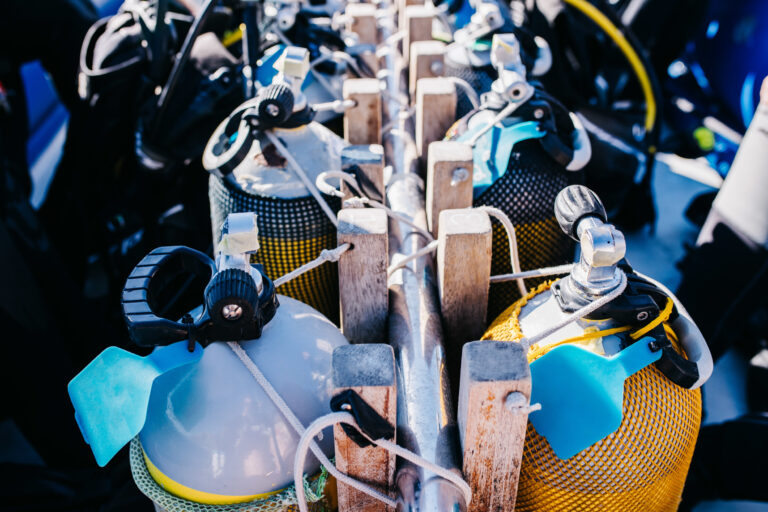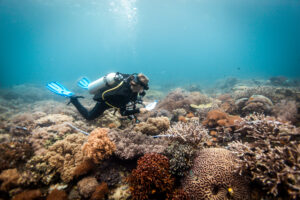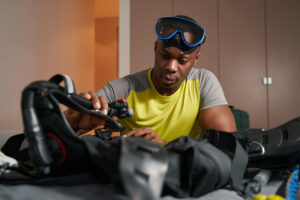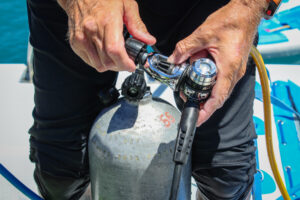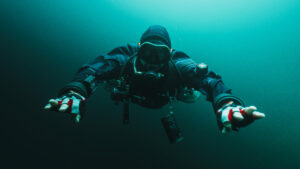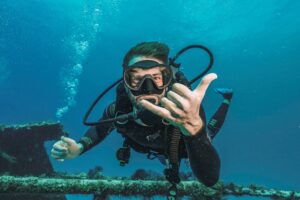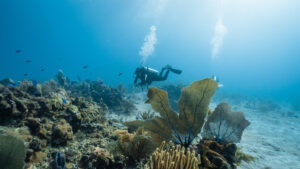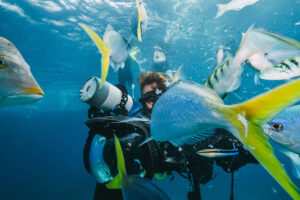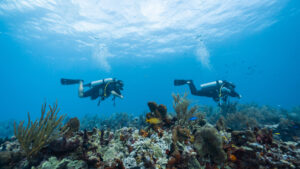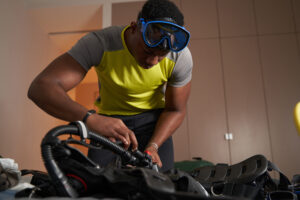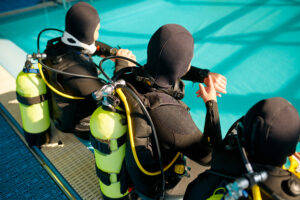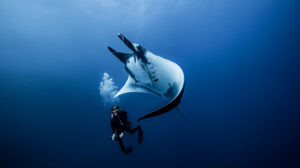What is a Balanced Regulator?
A balanced regulator is an essential piece of scuba diving equipment designed to help divers maintain a consistent breathing effort regardless of external conditions, such as depth or tank pressure. This innovative device ensures that the diver receives an optimal and smooth air supply throughout the dive, significantly enhancing their underwater experience and safety. In this entry, we will explore the history, functioning, types, and benefits of balanced regulators, as well as some considerations for divers selecting and maintaining their equipment.
History
The concept of a balanced regulator was introduced in the 1960s, as scuba diving technology evolved to meet the needs of recreational and professional divers. Early scuba diving regulators were unbalanced, meaning that the air supply to the diver varied with changes in tank pressure and depth. This led to difficulties in breathing and an overall less enjoyable diving experience. With the invention of the balanced regulator, divers could now maintain a constant breathing effort, regardless of depth and remaining tank pressure.
Functioning
A balanced regulator works in conjunction with a scuba diving cylinder and features two main components: the first stage and the second stage. The first stage connects directly to the diving cylinder, while the second stage is attached to the mouthpiece used by the diver.
First Stage
The first stage’s primary function is to reduce the high-pressure air from the diving cylinder to an intermediate pressure suitable for the second stage. Balanced first stages employ a special mechanism that adjusts the pressure drop across the first stage as the tank pressure changes. This results in a constant intermediate pressure, ensuring that the diver receives a steady air supply regardless of the remaining tank pressure.
Second Stage
The second stage’s purpose is to further reduce the intermediate pressure air to ambient pressure, making it comfortable and safe for the diver to breathe. A balanced second stage uses a mechanism that counteracts the effects of increasing ambient pressure as the diver descends. This ensures that the inhalation effort remains constant, regardless of depth.
Types
Balanced regulators are available in various designs and configurations, catering to the needs of different diving activities and environments. The most common types include:
Diaphragm Balanced Regulator
Diaphragm balanced regulators use a flexible diaphragm to separate the ambient water pressure from the internal mechanism. This design minimizes the effects of water pressure on the regulator’s performance, ensuring that the diver’s breathing effort remains constant throughout the dive. Diaphragm regulators are particularly suited for cold water diving, as the sealed design helps prevent freezing.
Piston Balanced Regulator
Piston balanced regulators use a spring-loaded piston to regulate the air pressure. This type of regulator is known for its simplicity, reliability, and ease of maintenance. However, it may be more susceptible to changes in performance due to water temperature and depth compared to diaphragm regulators.
Benefits
The balanced regulator offers several advantages over its unbalanced counterpart, including:
Improved Breathing Comfort
A balanced regulator maintains a consistent inhalation effort throughout the dive, making it easier for the diver to breathe and reducing the risk of respiratory fatigue.
Enhanced Safety
By providing a steady air supply, balanced regulators reduce the likelihood of sudden changes in air flow, which can lead to panic or disorientation.
Greater Efficiency
As the remaining tank pressure decreases, an unbalanced regulator requires more effort to breathe, wasting precious energy. Balanced regulators, on the other hand, ensure optimal air delivery even at low tank pressures, allowing divers to conserve energy and prolong their dives.
Considerations
When selecting a balanced regulator, divers should consider factors such as their diving environment, personal preferences, and budget. Proper maintenance, including regular servicing and cleaning, is essential for optimal performance and longevity of the regulator.
A balanced regulator is an invaluable tool for scuba divers, providing consistent breathing effort and enhancing overall underwater experience and safety. The development of this technology marked a significant milestone in the evolution of scuba diving equipment and has become a standard feature in modern regulators. By understanding the various types of balanced regulators, their benefits, and maintenance considerations, divers can make informed decisions when selecting and caring for their equipment, ensuring a comfortable and enjoyable dive. As scuba diving continues to grow in popularity and technology advances, the balanced regulator will remain an essential component of a diver’s gear, providing them with the confidence and ease to explore the underwater world.
Further Developments and Innovations
As scuba diving equipment technology advances, manufacturers are continually striving to improve the performance, reliability, and ease of use of balanced regulators. Some recent innovations and developments in this field include:
Environmentally Sealed Regulators
Environmentally sealed regulators are designed to prevent water, sand, and other contaminants from entering the first stage of the regulator, reducing wear and tear and improving the regulator’s performance in harsh environments. This feature is particularly beneficial for divers who frequently dive in cold, silty, or contaminated water.
Venturi-Assisted Breathing
Some balanced regulators now incorporate a venturi-assist system that helps to reduce inhalation effort by redirecting airflow within the second stage. This feature can be adjusted by the diver, enabling them to fine-tune their breathing effort for maximum comfort and efficiency.
Swivel Connectors
To enhance comfort and reduce jaw fatigue, some balanced regulators now feature swivel connectors between the first and second stages, allowing for greater flexibility and a more natural range of motion while diving.
Integrated Air Management Systems
The integration of dive computers and air management systems into balanced regulators is becoming increasingly popular. These systems provide real-time information about air consumption, remaining dive time, and other critical data, helping divers to plan and monitor their dives more effectively.
Lightweight and Compact Designs
Manufacturers are continually seeking to reduce the size and weight of balanced regulators without compromising performance or reliability. This has led to the development of lightweight, compact regulators that are more comfortable to wear and easier to transport, making them ideal for travel and extended dive trips.
As scuba diving continues to evolve, it is likely that balanced regulators will undergo further innovations and improvements, providing divers with even greater control, comfort, and safety while exploring the depths of the ocean. The balanced regulator’s ability to adapt to changing conditions and deliver a consistent breathing experience will remain a vital component of every diver’s equipment, ensuring that they can fully enjoy the wonders of the underwater world.

